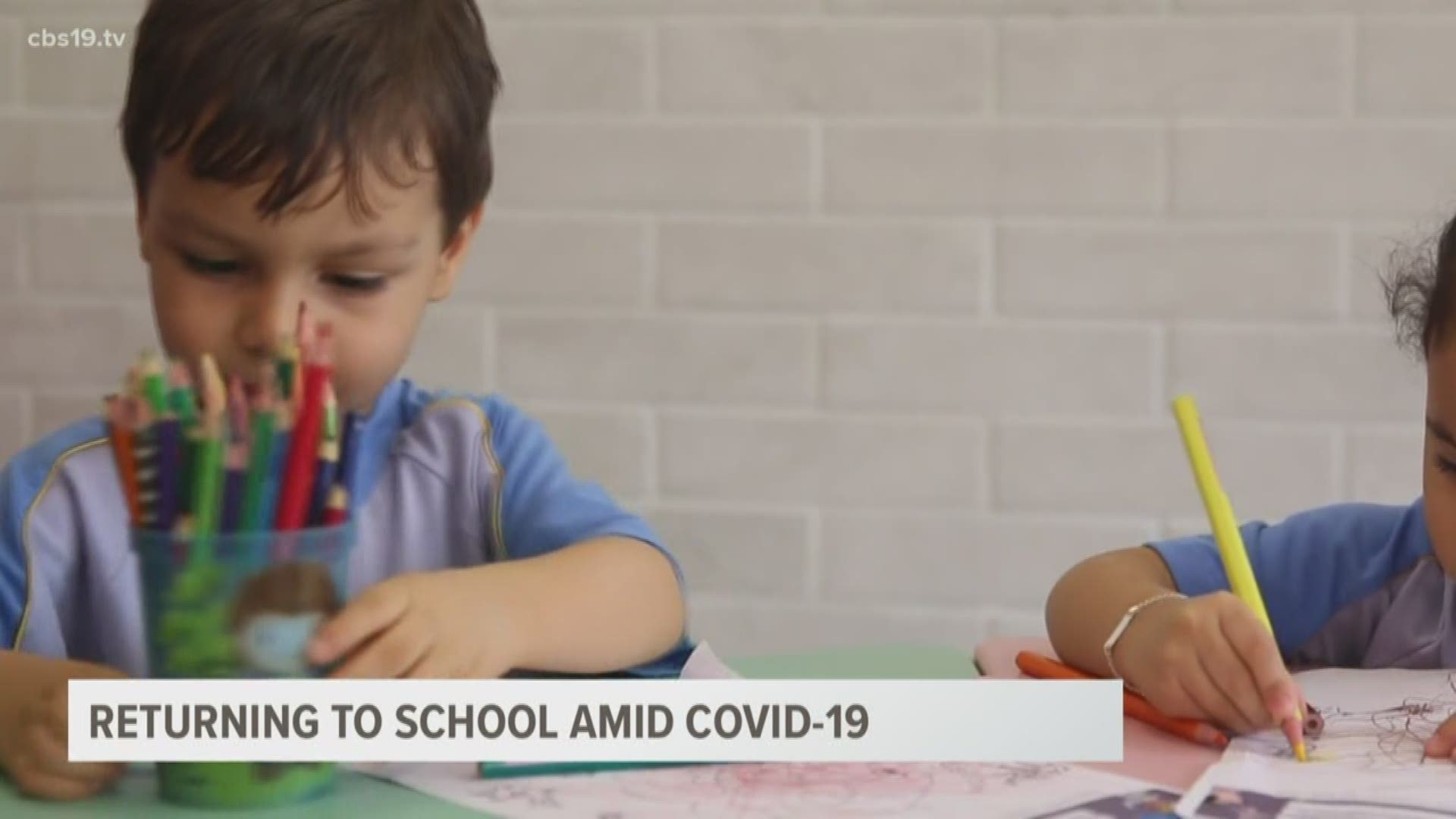TYLER, Texas — As parents weigh whether to send their children back to school and the odds of them getting sick, a local doctor took a walk in the woods to help them make the right decision.
“Is it safe,” Dr. Dalia Nessim asked. “Do I send my kids to in-person school?”
Dr. Nessim was not focused on her steps as she filmed herself walking along a wooded trail, but rather the steps schools are taking to try to protect their students.
“There needs to be a COVID-19 policy,” she said. “Which everyone has to follow and all the families and parents need to be aware of.”
Dr. Nessim, an assistant professor of occupational and environmental health at UT Health Science Center, filmed an episode of “Walk with a Doc” that the school published Monday morning. She says that while school districts need to be clear, there is not a clear answer she can give parents as to whether in-person classes will be safe.
“Each family is different,” she explained. “It depends on the age of your children, on where you reside—the number of COVID-19 positive cases in your area—what measures your school is taking as safety precautions.”
Researchers at UT-Austin created a model to show how many people might bring COVID-19 into a school. It takes into account the size of the school and the prevalence of COVID-19 in that community. For example, the two Tyler high schools each had more than 2,000 students. If all of them come back this fall, the researchers expect that between 28-104 people will carry the virus along with their notebooks and pencils.
“Right now,” Dr. Nessim said, “with the number of COVID-19 cases, we treat [schools] like every person needs to be considered as positive. So, we still take measures for six feet social distancing, wearing masks, as if all those you deal with are positive.”
Dr. Nessim says parents can make it easier for their kids to stay safe at school. She suggested parents label all their children’s supplies to prevent other students from using them, and explaining how to wash their hands and protect themselves in ways they can understand.
“A good way for kids to remember [how to properly wash their hands], is to tell them, ‘sing the Happy Birthday song twice while you’re washing your hands,’” she said.
She says COVID-19 outbreaks in schools are likely, but students, parents, and educators can work together to avoid them.
“It’s challenging,” she said. “But appropriate preventive measures [help] to prevent outbreaks. So, we’ll see.”
Dr. Nessim says parents need to be especially observant about their children’s health this year. Some parents may be disinclined to believe children who tell them they are sick on a school day, but she says safety must be parents’ priority.
“Keep children home when they’re sick,” she said. “Never send your child to school when they’re sick, and return them back to campus when they’re cleared by their pediatrician.”
Dr. Nessim also advised parents who choose online learning for their students to remain involved in their education. She says frequent communication with the teachers will help their children get the most out of the coursework, and that even taking classes from home poses a set of health risks.
“If students are going to exclusive virtual or online learning, parents should monitor that and supervise it, and organize their kids’ schedules so they wouldn’t have, like excessive screen time,” she said. “Even though that’s difficult with the online, virtual learning, parents should also make sure that their kids have adequate time outdoors to exercise and to stay active.”

